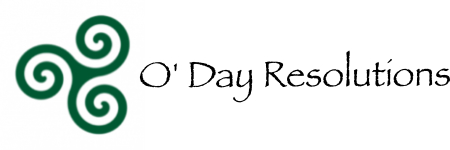“It’s paradoxical that the idea of living a long life appeals to everyone, but the idea of getting old doesn’t appeal to anyone.” Andy Rooney
The Herald Tribune, Sarasota is publishing a three articles series on in-home care for our aging population. This is a fascinating series and I highly recommend that everyone read it. http://www.heraldtribune.com/article/20130526/ARTICLE/130529745/2416/NEWS?p=1&tc=pg
The series should help bring awareness that every family needs a plan to meet the needs of our loved ones as they age. The articles point out how difficult and expensive it can be to find quality in home care. While surveys have shown that most people wish to live out their lives in their own homes, many cannot afford the care that is necessary to fulfill this wish. Often, to make ends meet, in home care is provided by family members who may have to make major life changes to meet the needs of their loved ones.
These problems and issues should be addressed head on by all concerned loved ones. If everyone cannot agree upon the best solutions then they can look to elder mediation as a way to explore all possible ways to address the needs of the elder. With elder mediation we bring together the interested family members, the caregivers and the experts in the field to ensure that all issues are appropriately addressed and resolved.

